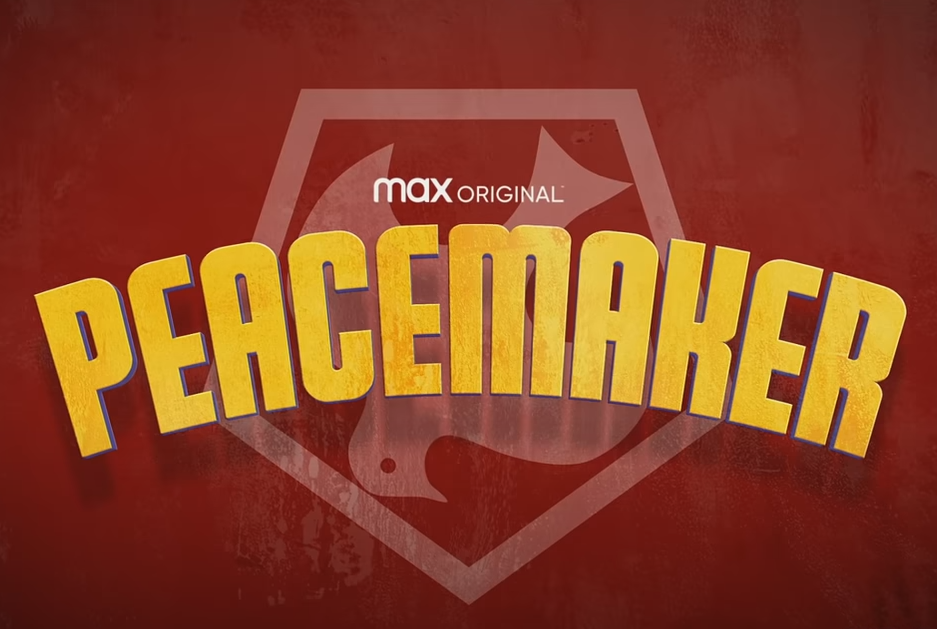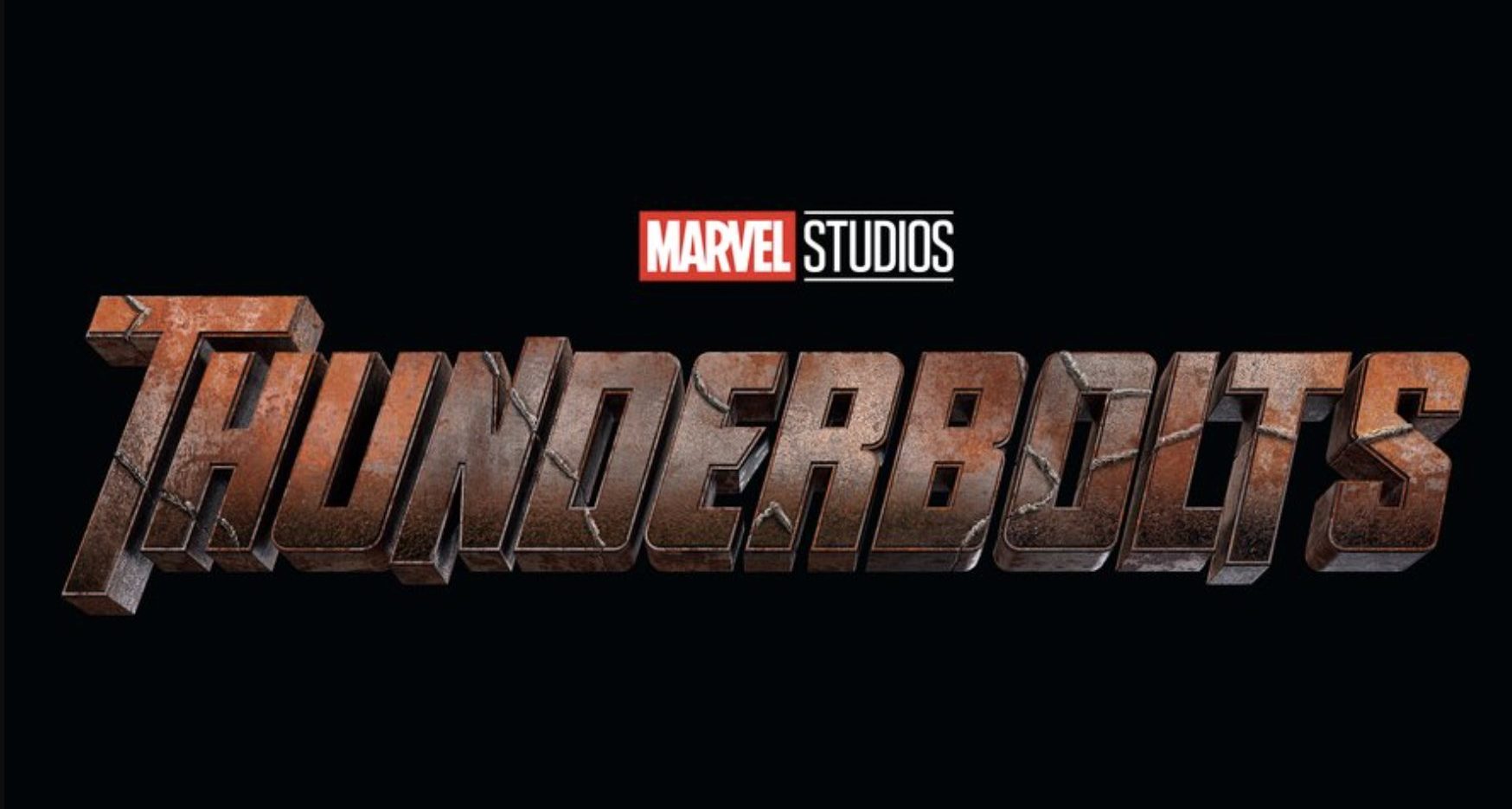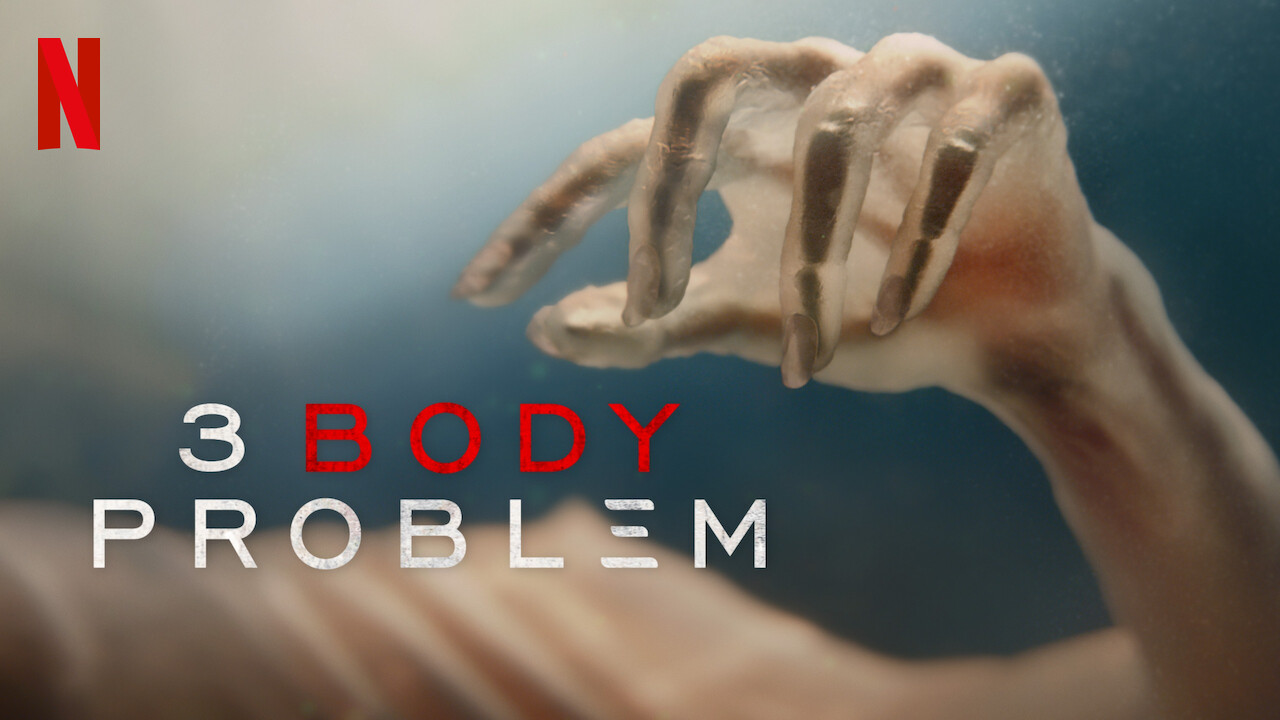Life does imitate art.
The 2014 Golden Globe nominee director Ruben Ostlund (Force Majeure) brings us a fascinating tale of a museum curator in The Square. The film is an official Oscar entry from Sweden in the Best Foreign Language Film category. It is also the winner of the Palm d’Or at the 2017 Cannes Film Festival.
The Square stars Claes Bang, Elisabeth Moss, Dominic West and Terry Notary.
Here’s the synopsis:
The story of The Square revolves around Christian, the respected chief curator of a prestigious contemporary art museum. Tall and impeccable, he is a divorced but devoted father of two who drives an electric car and supports good causes. His next show is “The Square,” an installation which serves as a symbol of the basic social contract—a literal square which reminds us of our roles as responsible fellow human beings. But when Christian’s phone and wallet were stolen, his foolish response tests this notion and drags him into a series of shameful and hilarious situations. Meanwhile, the museum’s PR agency has created an unexpected campaign for “The Square,” to which the response is overblown, which sends Christian, as well as the museum, into an existential crisis.
LRM: sat down with director Ruben Ostlund and actor Terry Notary about the film. We discussed about making a satire of art and the museum community. We also discussed Terry’s role in imitating Oleg’s art performance and acting without any costume or CGI involved. Notary was best known for playing CGI ape role in Planet of the Apes franchise and King Kong in Kong: Skull Island.
The Square is currently playing in limited theaters in New York and Los Angeles.
Read our interview transcript below.
LRM: Where did the original idea came from for this film The Square?
Ruben Ostlund: The original idea came from—my friend and I creating this symbolic—square. We wanted to change our behavior in public places from the city where I live in. We wanted to create something that reminds the role of us fellow human beings. It’s in that we can trust in each other and take in the responsibility for each other.
There is a change in society when we all became very paranoid and thinking of each other as very untrustworthy. This was 2008 when I started this idea. After Force Majeure, I started to write the script based on this idea and lifting these schematics. At the same time, we were invited to an art museum—a contemporary art museum—to have an exhibition about this. That’s when I decided that the film should take place in the contemporary art world.
I wanted the main character to be the chief curator. I wanted him to believe these values and to challenge him on these values. That was basically the idea.
LRM: Were you trying to make fun of art? Or at least to create some form of satire of it?
Ruben Ostlund: [Laughs] There are very good things about the art world, of course. There are also a lot of things that needed to be criticized about it. The great thing about satire is that you can raise questions about dealing with the artworld or dealing with the roles between a man and a woman and the family. It’s like it was in Force Majeaure.
So sure, I was attacking a little of the conventions in the artworld that I thought was silly.
LRM: That’s interesting. So are you not an art person then? Or are you?
Ruben Ostlund: I’ve been to many art exhibits and a professor at the University of Gothenburg of film directing at the same school of fine arts. I’m connected to the artworld quite much.
LRM: Let’s talk about Terry Notary’s scene here. Is that also the mockery of art?
Ruben Ostlund: I think it was a great performance. That performance really gives an audience a ride. For me, it was a good piece of art. It was inspired by a Russian performance artist named Oleg Kulik. He was playing a dog in an art museum in Sweden. It went so far that he bit the chief curator’s daughter in the leg. They had to call the police [Laughs] The background of that scene was based on the events that took place.
LRM: Terry, how were you brought on to this project?
Terry Notary: Ruben called me and spoke a little bit about the project. I knew he done Force Majeure and was very intrigued to work with him. We did FaceTime meeting and just fell in love with the guy. As we were talking over FaceTime, it was great and I thought his ideas were amazing. I just liked his energy. I instantly knew that the film will be different and interesting. I signed on right there.
LRM: Were you familiar with Oleg’s actual art before?
Terry Notary: No, I wasn’t.
Ruben Ostlund: We didn’t talk about that until much later.
Terry Notary: Yeah, much after. I knew it was a loose-style of performance. He wanted this performance to come into this ballroom and to expose the weakness in the room. I thought that was a challenge.
We did had a rehearsal day. We blocked it out together and figured out a good starting point. None of the extras were in the room at that point. We said, “Okay. Here’s a good structure.” We can travel through the tables for this and here’s a good spot for that. It was a good blocking point that we started from.
Once the audience filled the room, the energy in the room was just pulpable. You can cut it with a knife. We felt it was all we needed to do for Oleg to react to people and go up to the ones who didn’t want to be picked.
The moments started to unfold. Ruben started to gather the pieces he liked. He started to create the structure of the scene as it revealed itself.

LRM: Was that scene very difficult for you to create?
Ruben Ostlund: No. Very often when you’re on set, you’re struggling. How do I do it in a way that I wanted to do it? It’s a struggle to get there.
When we were shooting this scene and everything was in place, we had over three hundred extras looking at Terry every time he was entering the room as this character. I felt every day on these three days of shooting that we were doing something that was interesting and extraordinary good. That was my feeling.
As I was doing the shooting of this scene, I enjoyed it a lot. It was quite joyful from the beginning to the end. That was really an exception of the rule. I would so many things are a struggle for me.
Terry Notary: Hard work. He’s a very tough director as far as getting you to work hard. It’s so good. You think you’re working hard, then he pushes you to work even harder. You’re at the point in which you go, “Okay. I’ll forget myself now.” Just dive in and be totally immersed, because that’s how far we are going with it. Once that happens, you can allow the fear to fuel you and make things happen. You’re not planning things since you’re just reacting to things as they happen.
LRM: Was this performance pretty easy after the Planet of the Apes movies and Kong: Skull Island? Is this one of the reasons why you were chosen for this role?
Ruben Ostlund: I saw a YouTube clip that you were doing a scene of a chimpanzee movement with these arm extensions. I was like, “Oh, my God. This is amazing.” That’s how I got to know about Terry Notary.
Terry Notary: I don’t think it was easy at all. It was different. I was playing Oleg as an excuse to get into people in order to lure them in and seduce them into complicacy. It’s to have them gang up with me against one person so that they felt they were separate from the action. Then turn around and let them point the finger to include them to be scared like he was scared.
That was Oleg’s inner dialogue. It was after we’ve been all a team to pick out the individuals who are too afraid—to show them on how weak they are.
Ruben Ostlund: I think for those three days we were shooting—everyone was super-impressed with the amount of work Terry has put into this. The physical thing you’ve done was so impressive to everyone who witnessed it and who was there. I was there saying, “Oh, my God. This is the best performance I’ve ever seen.” I think that was the feeling for everyone who was there. You had to work really, really hard. [Turns to Terry Notary and laughs]
Terry Notary: I loved it. I loved working hard like that you can lose yourself. You can get so physically embodied in it that you’ll just…..
Ruben Ostlund: You even lost your voice at a certain, right?
Terry Notary: It was at the end of the last day. [Laughs] It was when I was barking back at Christian on a stage. Well, that’s when I started to hear my voice starting to go. [Laughs] There were a lot of screaming in those three days.
LRM: Was it a relief that he put you in a movie in which you weren’t in CGI or massive amount of makeup? You were practically half-naked in this movie for this scene.
Terry Notary: It’s funny. I didn’t think about it until I saw it at Cannes. I was like, “Oh, my God. It’s me!” [Laughs] It’s so weird. When you’re doing performance capture, you’re acting with actors and you’re doing the same stuff. It’s still you. But, you’ll still see yourself as an ape, as Kong or whatever it is.
But, to see yourself. [Laughs] My mom said, “Hey, Terry. You’re finally in a movie.” [Laughs] I guess so. It’s me. [Laughs] It’s funny.
Ruben Ostlund: Can I ask you something? [Turns to Terry Notary] When you are playing in Kong: Skull Island, were you playing King Kong in every scene there?
Terry Notary: Yeah.
Ruben Ostlund: It’s funny. I couldn’t recognize you in the movie there too even with the body language. But now, working with you—I can see Terry. That is Terry. It’s funny. [Laughs]
Terry Notary: That’s hilarious.
LRM: When you were developing the character for the curator, I was wondering on how many bad things can happen to one guy? Why did you want to put the guy through the blender like that?
Ruben Ostlund: I’m inspired by sociology. I love sociology, because it puts up experiments where we look at ourselves when we fail. [It’s] in order to get to know ourselves and to learn something about ourselves in our behavior.
I look at this in part of my films in the same way. I push the character into a corner—challenge him with morals and ethics in some way. It’s all to create a sociological example. For me, I’m very interested in when we fail since it tells so much about ourselves.
When you look at movies, it’s built so much on the protagonist and antagonist. It’s a very simple way in explaining on why we do things. We are both good and bad sometimes. The reason why we act bad sometimes revolves around the situation. I think it’s so interesting to see when we fail.

LRM: I read online that the wallet scene actually happened to you. Is that true?
Ruben Ostlund: The robber scene did happen when someone grabbed me and said, “You gotta help me! You have to help me! He’s going to kill me!” That did happen to me.
But, the robber scene with the wallet happened to a girl I know. She got her cell phone robbed and cracked down [through the signals] off her iPhone. She went out to get [it back] with her mother. It’s quite funny. She and her mother went out to the suburbs. They entered a building and to put a note in every single mailbox. While she was doing that, she thought, “I just accused everybody in this house for stealing my cell phone.” [Laughs]
She also got the cell phone back the next day. She got a message that there was a package for her at a 7/11.
It was a combination of something that I experienced and also the experience of a friend of mine.
LRM: Wow. It was like that life imitated art in that aspect. Well, let me start wrapping things up. Can you talk about some of your future projects?
Terry Notary: I’m working on Avengers right now with 3 and 4. I’m playing Groot, Cull Obsidian and another character. I’m busy on that till January. And I have another film potentially lined up that’s a horror film.
Ruben Ostlund: I’m working on a film called Triangle of Sadness. The triangle of sadness is when you have wrinkles between your eyebrows. It means you have a lot of trouble in your life.
LRM: Oh, I have those. [Laughs]
Ruben Ostlund: Don’t worry. You can fix those with botox in fifteen minutes. [Laughs] The film takes place in the fashion world. It starts there at least. My wife is a fashion photographer. She is telling me so many interesting stories in the modeling industry. The main character is a male model, who is getting bald. He is losing his confidence. It’ll be a film who will show about the people struggling with that industry.
LRM: Terrific. Thank you very much guys.
The Square is currently playing in limited theaters in New York and Los Angeles.
https://www.youtube.com/watch?v=zKDPrpJEGBY&t=4s
Source: Exclusive to LRM

 FOR FANBOYS, BY FANBOYS
Have you checked out LRM Online’s official podcasts and videos on The Genreverse Podcast Network? Available on YouTube and all your favorite podcast apps, This multimedia empire includes The Daily CoG, Breaking Geek Radio: The Podcast, GeekScholars Movie News, Anime-Versal Review Podcast, and our Star Wars dedicated podcast The Cantina. Check it out by listening on all your favorite podcast apps, or watching on YouTube!
Subscribe on: Apple Podcasts | Spotify | SoundCloud | Stitcher | Google Play
FOR FANBOYS, BY FANBOYS
Have you checked out LRM Online’s official podcasts and videos on The Genreverse Podcast Network? Available on YouTube and all your favorite podcast apps, This multimedia empire includes The Daily CoG, Breaking Geek Radio: The Podcast, GeekScholars Movie News, Anime-Versal Review Podcast, and our Star Wars dedicated podcast The Cantina. Check it out by listening on all your favorite podcast apps, or watching on YouTube!
Subscribe on: Apple Podcasts | Spotify | SoundCloud | Stitcher | Google Play



